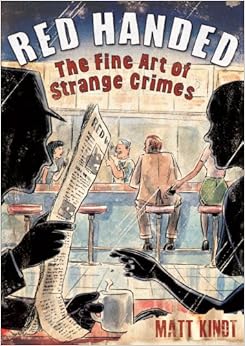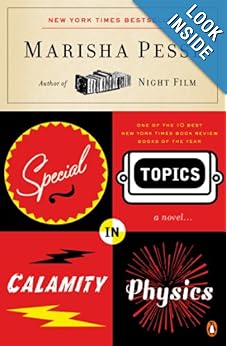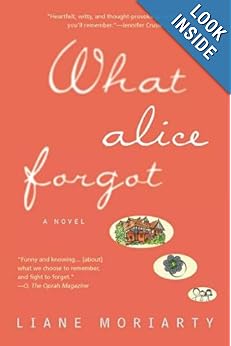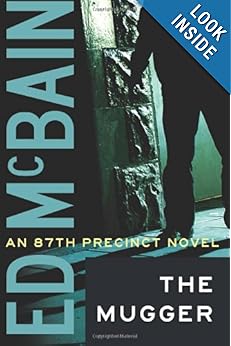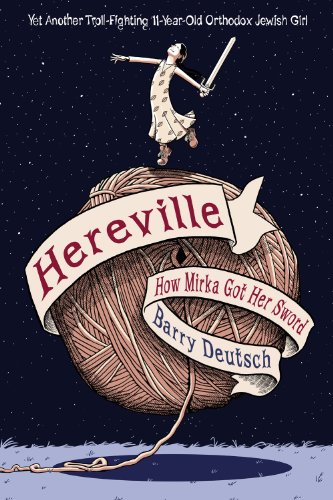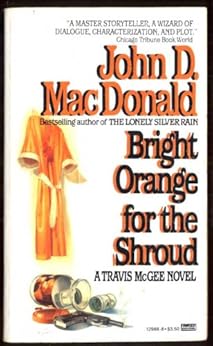What I try to do with reviews at this Bookshelf blog is keep it simple and spoiler-free, and let you know whether I'd recommend you pick up a copy of what I just read. Seems to work okay. This time, a brief review of
Night Film (Random House, 2013).

I really find Marisha Pessl a fascinating and promising author, even though this is the second of her books that has left me juggling a cold and prickly thing instead of embracing something warm and wonderful. Her plotting and structure are masterful, but
Night Film remains flawed and, in the end, unlovable and mean. It almost pulls it out in the end before taking an unwelcome detour the likes of which I don't often see in fiction, but while I have to reluctantly conclude that the experiment is a failure, it's nevertheless a really interesting one.
I bet this book is really extra-fun on a tablet. After a short prologue, written in prose, the next twenty pages are "screen captures" of web pages that explain the suicide of a piano prodigy, some catty and weird comments on a discussion thread, and a HuffPo-like "slideshow" about the life of Ashley Cordova, and, more intriguingly, her reclusive father Stanislas. This fellow is a film director, something of a cross between Kubrick and Argento, whose fifteen macabre and ugly films are divided about halfway through his career between major studio works, including a mid-70s feature that won him an Oscar, and barely-distributed-at-all weird creations that are typically screened in underground, invitation-only affairs. It's explained that in the late 1980s, a sicko murdered a kid, echoing the grisly fate of a character in a Cordova movie, and the family began a crusade to bury even the studio works of the director, who has steadfastly avoided publicity for decades.
Pessl has huge problems with this alternate history. To her credit, she absolutely nails the smug and cultish attitudes of Cordova fandom, a bunch of sycophants and online bullies who protect their secret information like the Vatican in a Dan Brown novel. (About whom, more momentarily.) But while I adore the conceit of using "found footage" from internet pages throughout the novel - again, I bet the e-Book is really neat - to immerse readers in Cordova's world, the world just seems boring. We have to take Pessl's word for it that Cordova's movies are amazing, but she never convinces. We'll occasionally hear a character tell us what a genius Cordova is, and go really over the top, suggesting that just being in the presence of a super-genius artist changed their life forever. I have clearly never been in the orbit of such people before, because I can't even imagine what that's like. I met Patti Smith once and got a little tongue-tied, but that's about it.
Worse, though, Cordova's movies just seem dull. From her descriptions, it seems like she used all of her imagination to build this novel's high-rise structure and didn't leave anything behind to persuade me that I'm missing anything by not living in a world with Cordova in it. Remember when Garth Brooks made that "greatest hits" album by an alter ego, Chris Gaines, and how nobody on the planet even once said "Wow, I wish I could listen to the original Chris Gaines records from the early 80s!" It's about like that.
So, with that in mind, we learn from the "slideshow" that the book's narrator is a disgraced journalist who ran his mouth off and slandered Cordova on television before confirming the veracity of his source, who vanished, leaving him holding a lawsuit that destroyed his marriage and his career. The death of Cordova's daughter gets him interested in following up on that source again, who'd left him with a tantalizing belief that, on his expansive and secluded estate in upstate New York, Cordova has been involved in ugliness that rivals the horrors of his films. There are hints of child abductions and murders and strange medical equipment shipped to the wrong address. Our hero thinks that learning why Ashley has killed herself will let him into this ugly and isolated world through a back door...
What I do like about the book comes down to how clever it is. Cordova's commercial peak came in the 1970s, when the horror industry was specifically concerned, not with "demons" or "possession," but Satan himself. This is echoed in the book, as layer after layer of the story is slowly slipped away, and information provided by a host of new sources whose clashing information reveals there's a lot more darkness going on than our hero had planned for. I also like the iconography, which is very playful and rewarding for Kubrick obsessives. The estate itself will certainly remind you of The Overlook in
The Shining, and there is a private party and a "this was much more mundane than you thought it was" explanation (but can it be trusted?) that come from
Eyes Wide Shut.
I hate to spoil anything or make suggestions of it, but this explanation/conversation, akin to the scene between Sydney Pollack and Tom Cruise in that last film of Kubrick's, leads to a perfectly satisfying climax. I would have preferred to leave it there, but Pessl has a little more to say and a little more to dig, and it's not done with any satisfaction whatever. It's telegraphed pretty far in advance - at least one of Cordova's films is said to have a deliberately ambiguous conclusion - and so any intelligent reader will see the probability that this story will have multiple, conflicting resolutions. But coming after the similarly unresolved climax of Pessl's previous book,
Special Topics in Calamity Physics, it's unfortunate that she decided once more against settling things for readers.
Night Film compares poorly to
Calamity in another regard, and that's the dialogue. The earlier book was a memoir written by a college freshman - an extremely intelligent and a very well-educated one, but a naive and immature young woman all the same - and so its deliberately overwrought narration and dialogue was natural for the narrator. There's no excuse for journalist Scott McGrath, who speaks, as do his friends, in
constant italics and a tin ear very like Dan Brown. The dialogue is often stilted and descriptions leaden at the best of times. On the extreme end, there's a long, long conversation with a drug abusing alcoholic former actress who sobers up instantly to talk at simply absurd length, the clarity and depth of her account flatly unbelievable in light of what we've seen of the woman.
The problem with a case with so many layers is that it requires a source to recount each of them, and a great contrivance to get each of these characters into a situation where they are willing to explain their side of things. In the end, despite some exciting detours and some developments that are certain to make readers feel for our hero, there are just two and probably three too many contrived twists, If the book had its climax in the nursing home, with McGrath silently understanding the sad truth about things, it would have been a book that I could still recommend with some reservations. Unfortunately, I fear that this will only be a book that I could recommend to people who hope to watch Pessl develop and continue a promising career, and will look back on this project as her only stumble of note. I sincerely hope that her next project is as amazing as I had hoped this was going to be.



















